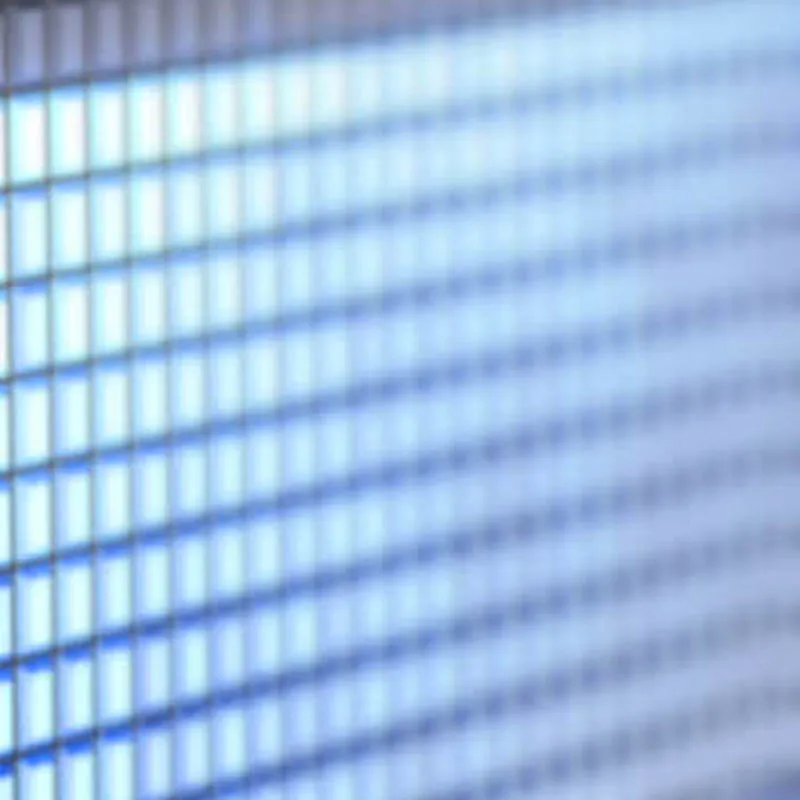If you are frustrated with your psoriasis, you may want to consider phototherapy. This is the utilization of ultraviolet light to decrease the rate of division of new skin cells that causes the skin condition. There are two types of phototherapy that involve ultraviolet light (which is found in natural sunlight): UVB and UVA.
Ultraviolet B (UVB)
At the start of therapy, exposure to the light will last for 30 to 60 seconds, until the skin starts to take on a slight pink color. When your skin adapts and no longer pinks up within 24 hours of treatment, the time will be increased. The treatments will be administered several times every week until the condition improves.
Ultraviolet A (UVA)
This therapy involves deeper penetration into the skin than does UVB. Exposure usually lasts for about 20 minutes every session. It is called PUVA when it is used in conjunction with psoralen drugs, and in this case, the exposure only lasts for about 2 minutes.
UV Treatments
Phototherapy can be done on its own or along with medications. UVB is typically used on its own to treat cases of severe psoriasis. When medicines are used in conjunction with the phototherapy, the medicine will be taken first. It could come in the form of a topical treatment, a pill, or even bath salts. After this, you will enter a booth and experience the exposure to the light. This is referred to as combination therapy.
Generally speaking, the individual’s whole body will be exposed to the ultraviolet light. However, if the psoriasis only affects certain limited areas of your body, the light may be focused only on these areas. You will have to wear sunglasses that shield your eyes from the UV light, as well as a blindfold or goggles. Men may also be warned to shield their genitals, so that they can decrease their risk of genital cancer.
The Effectiveness of Phototherapy for Psoriasis
Typically, phototherapy is effective in treating psoriasis. It usually takes about 20 sessions at a clinic to clear up the skin partially or completely, although more severe cases may demand a higher number of treatments for effectiveness. If a person is using home equipment and administering the light therapy on his or her own, it will be less powerful than what they would be dealing with at the doctor’s office and it will likely take longer to clear up the skin. On average, this would take about 40 to 60 sessions with the equipment.
If you use a dose of UVB that is strong enough to redden the skin, it can be used with a moisturizer such as petroleum jelly in an effort to clear up psoriasis plaques. UVA alone may be effective as well, but it will likely take a lot longer to clear up the skin condition. UVA is notably effective when used in conjunction with psoralen, which is a photosensitizing drug that makes the skin more susceptible to the treatment with ultraviolet light.

